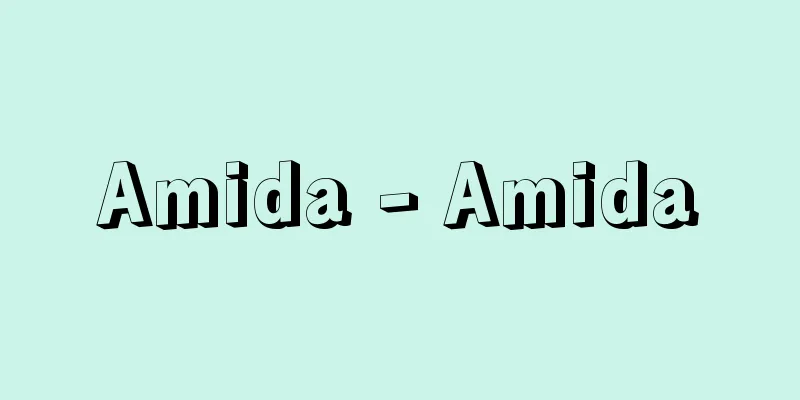Sterilization

|
There are several terms related to "sterilization," and they are not always clearly distinguished from one another. In the medical field, "sterilization" is not common; sterilization is the correct term. It is used to kill all microorganisms, for example, in phrases such as "instrument sterilization" and "gas sterilization." There is also disinfection, but this is not sterilization, but rather a process of reducing the number of bacteria by killing or removing them, thereby decreasing the risk of infection. For example, it is used in phrases such as "disinfecting hands." In the food industry, "sterilization" refers to a method that kills all microorganisms. Sterilizing food prevents spoilage caused by microorganisms. For example, canned foods and low-temperature milk are usually sterilized. On the other hand, pasteurization is also called "low-temperature sterilization" or "heating," and this operation is used to kill harmful microorganisms, reduce their number, and make them safe to eat. Harmless microorganisms are not necessarily removed. There is also a method called bacteriostasis, which creates an environment in which it is difficult for microorganisms to grow, and is carried out by using chemicals or adding high concentrations of sugar or salt. The word "sterilization" is also used in the word "bactericide," but this is also a substance that reduces the number of microorganisms and keeps food safe to eat. Therefore, it is not called a "sterilization agent." Considering the above, "sterilization" is a general term rather than a technical term. However, some medical dictionaries and other sources use "sterilization" to mean "sterilization." Source: Asakura Publishing Nutrition and Biochemistry Dictionary Information |
|
「殺菌」に関連する用語はいくつかあり,必ずしも明確に区別されていない.医学領域では,「殺菌」は一般的でなく,滅菌(sterilization)が正しい.微生物すべてを死滅させることで,例えば「器具の滅菌」「ガス滅菌」というように使う.他に,消毒(disinfection)があるが,これは滅菌することでなく,菌を殺したり,除去することによって菌数を減らし,感染の危険を減少させる作業である.例えば,「手指の消毒」というように使う. 食品関係でも「滅菌」はすべての微生物を死滅させる方法をいう.食品を滅菌すれば,微生物による腐敗は避けられる.例えば,缶詰やLL牛乳などは,通常滅菌されている.一方,pasteurizationは,「低温殺菌」とか「火入れ」とよばれるが,この操作は有害な微生物を殺すなどして減少させ,食べて安全な状態にする意味で使われる.無害な微生物は必ずしも除去の対象にはならない.他に,静菌という方法もあり,この方法は,微生物が増殖しにくい状況にすることで,薬剤を用いたり,高濃度の糖,塩などを添加して行われる.また,「殺菌料」というように,「殺菌」という言葉が使われるが,これはやはり微生物の数を減らしたり,食品を食べて安全な状態に維持する物質である.したがって,「滅菌料」とはいわない.以上のことから考えると「殺菌」は専門用語というよりは,一般用語といえる.ただし,医学辞典などでも,「殺菌」を「滅菌」のこととしているものもある. 出典 朝倉書店栄養・生化学辞典について 情報 |
Recommend
Omiwan - Omiwan
...Population: 8,149 (1995). The town is a penins...
Silene keiskei (English spelling) Silenekeiskei
… [Eiji Miki]. … *Some of the terminology explana...
Anhou - Anglerfish
…Years of birth and death unknown. His real name ...
Omi Tadatsugu - Omi Tadatsugu
...There is also a theory that it refers to works...
Malus micromalus (English spelling)
…However, unlike apples, the fruit is rarely eate...
Uten
An oasis city-state in the western region of ancie...
Bulletproof glass - Boudin glass
It is made by stacking several sheets of tempered ...
Tarzan
The protagonist created by American author Edgar ...
Toei Co., Ltd. - Toei
A film company. Founded in 1951 by the merger of T...
Ticket gate - kaisatsuki
〘noun〙 An unmanned ticket gate that checks tickets...
Change of claim - Change of claim
… The simplest form is one plaintiff filing a sin...
Gallo-Roman art - Gallo-Roman art
This refers to the art of Romanized Gaul during th...
Aiji branch family
…In contrast, an independent branch family is a t...
Arapiles - Arapiles
…In the Comuneros Revolt (1519-21), the city rebe...
Edkins, JS (English spelling) EdkinsJS
…Its main function is to promote gastric acid sec...









